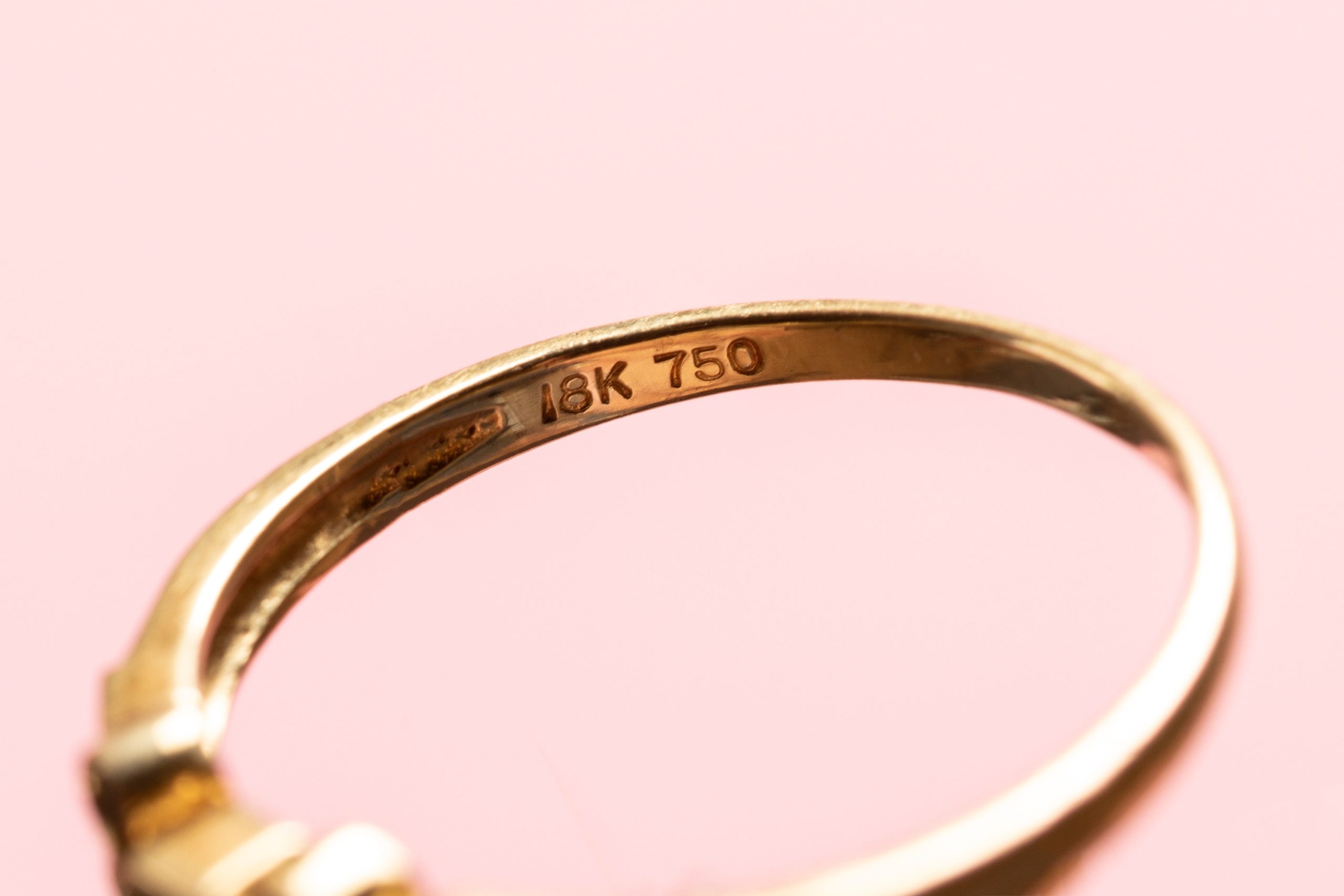Gold has been a symbol of wealth and beauty for centuries, but not all gold is created equal. When buying or selling gold jewelry, you’ve likely come across terms like 10K, 14K, 18K, or 24K. But what do these numbers actually mean? Let’s break it down so you can understand gold karat values and make informed decisions.
What is a Karat?
A karat (K) measures the purity of gold. Pure gold is 24 karats, meaning it is 100% gold with no other metals mixed in. Since gold is a soft metal, it’s often alloyed with other metals like copper, silver, or nickel to improve its durability and make it suitable for jewelry.
Common Karat Values Explained
10K Gold (41.7% Pure Gold)
- Durability: Highly durable due to the higher percentage of alloy metals.
- Color: Slightly less vibrant compared to higher karats but still attractive.
- Affordability: One of the most affordable options for gold jewelry.
- Ideal For: Everyday wear, especially for those who prioritize durability over purity.
14K Gold (58.3% Pure Gold)
- Durability: A balanced mix of durability and gold purity.
- Color: Richer and warmer in tone compared to 10K gold.
- Affordability: A popular choice for those looking for quality without the premium price of higher karats.
- Ideal For: Engagement rings, necklaces, and other frequently worn pieces.
18K Gold (75% Pure Gold)
- Durability: Slightly softer than 14K gold but still suitable for most jewelry.
- Color: Vibrant and luxurious, with a noticeable richness.
- Affordability: More expensive than 14K due to higher gold content.
- Ideal For: High-end jewelry and special occasion pieces.
24K Gold (99.9% Pure Gold)
- Durability: Very soft and prone to scratching, making it unsuitable for most jewelry.
- Color: Bright yellow and highly reflective, symbolizing pure luxury.
- Affordability: The most expensive due to its purity.
- Ideal For: Investment bars, coins, or cultural ornaments rather than everyday wear.
How to Identify Karat Markings
Gold jewelry is typically stamped with a hallmark indicating its karat value. Look for marks like “10K,” “14K,” or “18K” on the inside of rings, clasps of necklaces, or other discreet areas. European jewelry may use a numeric system, such as “417” for 10K or “750” for 18K, which represents the gold content in parts per thousand.
Why Karat Values Matter
Understanding karat values is essential whether you’re buying, selling, or appraising gold:
- Buying Jewelry: Choose a karat value that balances beauty, durability, and budget.
- Selling Gold: Higher karat values generally command higher prices, but durability and weight also factor into the value.
- Investment: For those buying gold as an investment, 24K is the preferred choice due to its purity.
Final Thoughts
Gold karat values are more than just numbers; they represent the unique balance of purity and practicality that suits different needs. Whether you’re shopping for a special piece or looking to sell gold you no longer need, understanding these distinctions is key to making the right decision.
At Honest Coin Shop, we specialize in appraising and purchasing gold jewelry of all karat values. If you’re unsure about the purity or worth of your items, bring them in for a professional evaluation. We’re here to ensure you get the value you deserve for your gold.


